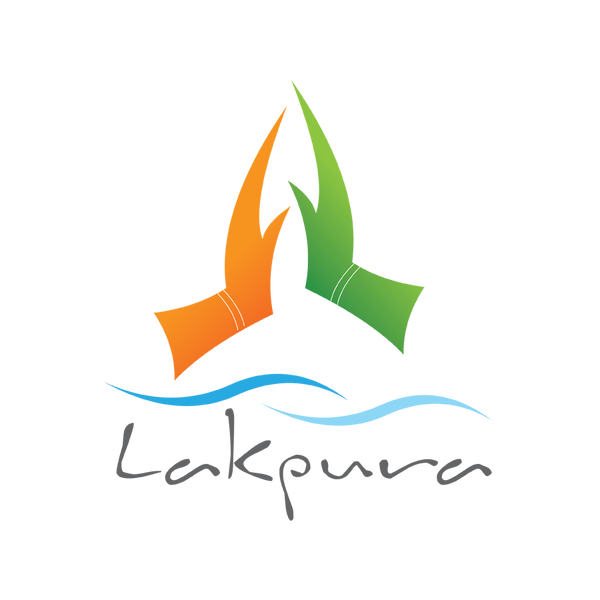
Snakes
Sri Lanka hosts a diverse array of snakes, both venomous and non-venomous, thriving in its forests and wetlands. While some pose risks, others help control pests. However, habitat loss and illegal trade threaten their populations, necessitating conservation efforts.
de Silva's Rough-sided Snake
Scientific Name: Xenochrophis asperrimus
Family: Colubridae (a large family that includes a variety of non-venomous and mildly venomous snakes)
Common Name(s): De Silva's Rough-sided Snake, Sri Lankan Rough-sided Water Snake
Overview:
De Silva's Rough-sided Snake is a relatively non-venomous species of colubrid found in Sri Lanka, typically in freshwater environments. It is named for its characteristic rough scales, which give its body a distinctive texture. The species is semi-aquatic and commonly found around ponds, streams, and marshes, where it forages for small prey. Despite its somewhat intimidating name, this snake is not aggressive and is generally considered harmless to humans.
Physical Description:
- Size: This species typically grows to a moderate size, ranging between 1 to 1.5 meters (about 3.3 to 5 feet) in length. Larger individuals may be encountered, though they are relatively rare.
- Coloration: De Silva's Rough-sided Snake generally has a dark, olive-brown or grayish body with lighter, sometimes yellowish or cream-colored markings along the sides. The belly is usually lighter in color, often appearing white or pale yellow.
- Scales: The rough, keeled scales are one of the most distinctive features of this species. These scales give the snake its "rough-sided" texture, which helps it grip surfaces, particularly when climbing or moving through wet environments.
- Head: The head is slightly flattened, with a distinctive, pointed snout, which aids in foraging and hunting in water. The snake's eyes are relatively large, allowing it to spot prey both on land and in water.
Habitat and Distribution:
- Geographical Range: De Silva's Rough-sided Snake is endemic to Sri Lanka, meaning it is found nowhere else in the world. It is primarily distributed across lowland and midland areas of the island.
- Habitat: This species is semi-aquatic, meaning it is most commonly found near freshwater habitats, including ponds, streams, marshes, and rivers. It prefers areas with vegetation and rocks near the water, where it can easily hunt and seek refuge.
- Climbing and Burrowing: In addition to its aquatic habitats, this snake can be found on land as well, where it may climb over rocks or burrow into vegetation. Its rough scales help it move easily through such environments.
Behavior and Diet:
- Feeding: De Silva's Rough-sided Snake is a carnivorous species, feeding primarily on small fish, amphibians, and aquatic invertebrates. It is an active hunter, typically ambushing or chasing down its prey near the water's edge. Its diet may also include frogs and other small creatures found near freshwater habitats.
- Venom: The snake is non-venomous, with a mildly venomous bite that is not harmful to humans. It uses its venom to subdue small prey but does not pose a significant threat to people. While its venom may cause mild swelling or irritation if bitten, it is not dangerous in most cases.
- Behavior: De Silva's Rough-sided Snake is semi-nocturnal, meaning it is most active during the cooler parts of the day or evening. It is often seen basking during the early morning or late afternoon, especially near water. The snake is relatively shy and avoids human interaction, preferring to escape into the water or vegetation when threatened.
Reproduction:
- Oviparous: De Silva's Rough-sided Snake is oviparous, meaning it lays eggs. Females typically lay their eggs in soft, moist soil or vegetation near water sources.
- Egg-Laying: The exact reproductive habits of this species are not extensively studied, but like other oviparous snakes, the eggs incubate for several weeks before hatching. The young are born fully developed and are capable of hunting on their own soon after birth.
Conservation Status:
- Status: De Silva's Rough-sided Snake is not currently listed as endangered, but its specialized habitat needs make it susceptible to threats such as habitat destruction and water pollution.
- Threats: Key threats to this species include habitat degradation due to deforestation, water pollution, and human encroachment near freshwater ecosystems. In particular, agriculture, urbanization, and the construction of dams or other water infrastructure can negatively impact the snake's environment.
- Conservation Efforts: As with many species endemic to Sri Lanka, efforts to protect freshwater ecosystems, wetland habitats, and forests are critical to the preservation of De Silva's Rough-sided Snake. In particular, the conservation of the island's rivers and streams is essential for maintaining the species' habitat.
Interesting Facts:
- Rough Scales: The most distinctive feature of this species is its rough, keeled scales, which help it navigate through wet and slippery environments, and allow it to move easily over rocks or through vegetation.
- Semi-Aquatic Lifestyle: De Silva's Rough-sided Snake is one of several species in the genus Xenochrophis that has adapted to a semi-aquatic lifestyle, spending a significant amount of time in water.
- Non-Aggressive Nature: Despite its potentially intimidating appearance, this snake is not aggressive and will generally retreat when disturbed. It is more likely to flee than to fight, preferring to take shelter in the water or nearby vegetation.
- Rarely Encountered: Due to its secretive nature and preference for hiding in water or dense vegetation, it is relatively rarely seen in the wild.
How to Identify Müller’s Shieldtail:
- Rough Scales: The snake's rough, keeled scales give it a distinctive texture and appearance. This is a key identifying feature.
- Coloration: The body is typically dark, with light-colored markings along the sides. The belly is usually pale or white, providing good contrast.
- Head Shape: The snake has a distinctively pointed head with large eyes, which help it spot prey both in the water and on land.































